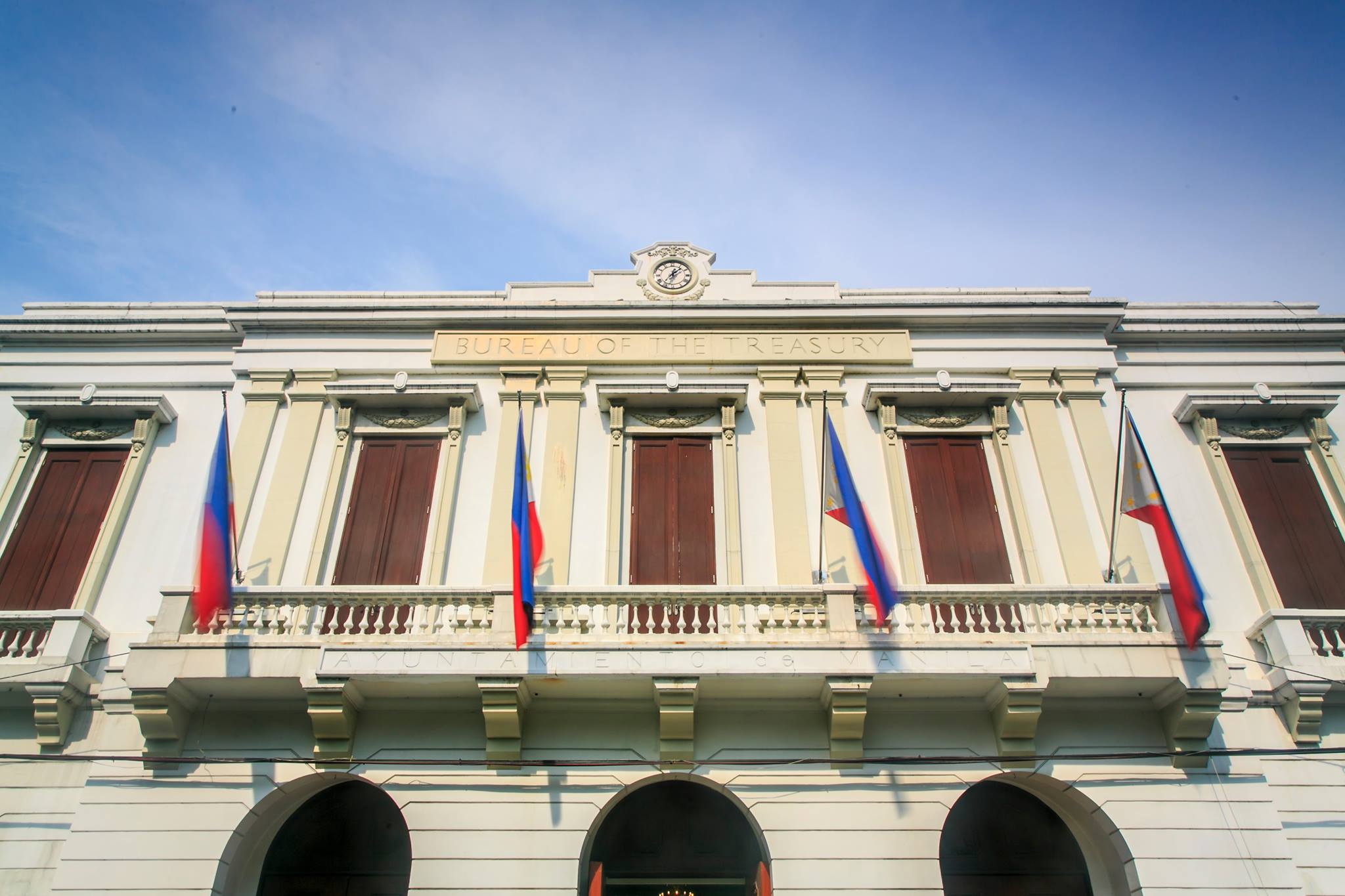High bids force Treasury rejection of bonds at last 2021 auction
MANILA, Philippines—High bid rates left the Bureau of the Treasury with no choice but to reject tenders for the reissued seven-year bonds it auctioned off on Tuesday (Dec. 14), its last offering for 2021.
While government securities eligible dealers (GSEDs) tendered a total of P52.3 billion or more than double the P20-billion offer, the average annual rate would have climbed to 4.395 percent if the Treasury fully awarded the IOUs. When the debt paper was first sold last August, it fetched a coupon rate of only 3.75 percent.
At Tuesday’s auction, bids for the bonds maturing in six years and eight months hit a high of 4.45 percent and a low of 4.298 percent. “The curve has significantly steepened,” National Treasurer Rosalia de Leon said.
As such, this bond series kept its outstanding volume of P189.9 billion to date.
“We find that there is more room for rates to decline following deceleration in inflation and assurance from the governor to hold rates steady,” De Leon said, referring to Bangko Sentral ng Pilipinas (BSP) chief Benjamin Diokno.
“The market has not sufficiently incorporated [or] priced in that inflation will be back within the target as supply disruptions are addressed,” De Leon said.
Headline inflation averaged 4.5 percent as of end-October — above the BSP’s 2 to 4 percent target band of manageable price hikes conducive to economic growth. This was largely due to expensive food, especially pork, no thanks to the supply shortage inflicted by the local African swine fever (ASF) outbreak late last year.
In a report on Tuesday, the Manila-based Asian Development Bank (ADB) projected the rate of increase in prices of basic commodities in the Philippines to end 2021 at 4.4 percent, up from its previous forecast of 4.1 percent.
For 2022, the ADB expects the inflation rate slowing to a 3.7 percent, although higher than the previous projection of 3.5 percent year-on-year.
“Inflation in Southeast Asia is expected to remain subdued in 2021 despite inflationary pressure starting to rise in the Philippines, Singapore, and Thailand as economic reopening spurs demand,” ADB said.
“Inflation forecasts for the Philippines in 2021 and 2022 are adjusted upward mainly on rising fuel prices,” it added.
For 2022, budget documents had shown that the national government programmed to borrow from the domestic debt market P1.91 trillion, or 77 percent of the P2.47-trillion gross borrowings. Next year’s borrowings will be lower than this year’s P3.07 trillion, of which 81 percent or P2.49 trillion were to be sourced locally through the issuance of treasury bills and bonds.
De Leon said the government will borrow less from the domestic debt market next year “to make room for the private sector with renewed lending following the opening of the economy.”
She said GSEDs were expected to take their cue from the following next year:
US Federal Reserve’s signal if it will begin early on the looming rate lift-off as well as tapering pace
Inflation print in December
Results of the BSP’s meeting on the monetary policy stance on Thursday (Dec. 16)
The UK-based think tank Pantheon Macroeconomics expects the Monetary Board to keep the policy rate steady at a record-low 2 percent. But its senior Asia economist Miguel Chanco said the BSP will “likely nudge up its inflation forecasts following November’s firmer-than-expected print.”
“The BSP is likely to remain on the sidelines in 2022, when we expect a slowdown in growth,” Chanco added.
Also, De Leon said domestic debt market sentiment will be influenced by Omicron and how vaccines can stand up against this new variant, which was said to be more infectious.
